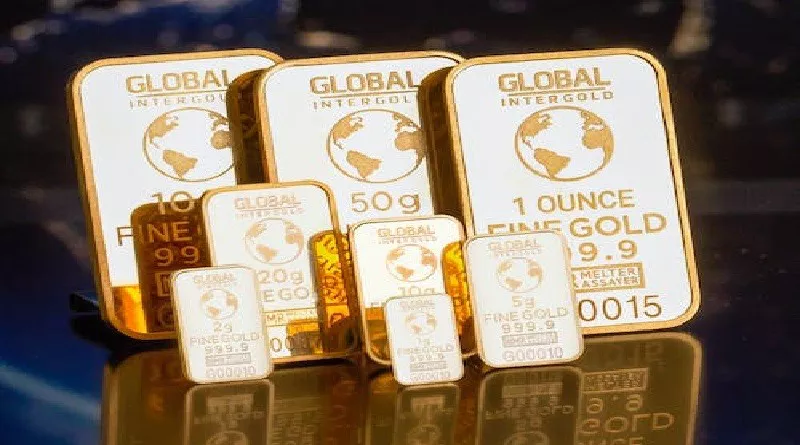In recent times, the price of gold has experienced a notable downward trend, surprising many investors and analysts. As a traditionally sought-after safe haven and store of value, this decline has raised questions about the factors contributing to its diminishing worth. In this comprehensive article, we delve into the multiple interrelated factors that have put downward pressure on gold prices and explore the implications for investors and the global economy.
-
Strengthening Global Economy and Risk-On Sentiment:
One of the primary catalysts influencing the decline in gold prices is the overall strength of the global economy. The gradual recovery from the economic downturn caused by the COVID-19 pandemic has bolstered investor confidence, leading to a shift in risk appetite. As economies regain their footing and markets rebound, investors are turning to riskier assets, such as equities and cryptocurrencies, which offer potentially higher returns. This shift in sentiment has diverted funds from gold into these alternative investment avenues, resulting in decreased demand for the yellow metal.
-
Interest Rates, Inflation, and Opportunity Cost:
The relationship between interest rates and gold prices is a critical factor to consider. Rising interest rates increase the opportunity cost of holding non-interest-bearing assets like gold. When interest rates climb, investors tend to allocate their funds towards interest-bearing assets that offer better returns. Furthermore, higher interest rates often indicate a tighter monetary policy aimed at curbing inflation. As inflation expectations decrease, the demand for gold as a hedge against inflation diminishes, putting additional downward pressure on its price.
-
US Dollar Strength and Gold’s Inverse Relationship:
The value of gold is closely tied to the fluctuations of the US dollar. As gold is primarily priced in US dollars, a stronger US currency makes gold relatively more expensive for holders of other currencies. This can reduce international demand for the precious metal. Factors such as robust economic growth, higher interest rates in the United States, and a reduction in monetary stimulus can strengthen the US dollar, making gold less appealing as an investment option and contributing to its declining price.
-
Geopolitical Stability and Risk Perception:
The level of geopolitical stability also plays a significant role in shaping gold prices. During periods of heightened political and economic uncertainty, investors often turn to gold as a safe haven due to its perceived stability and store of value properties. However, when geopolitical tensions ease, and stability prevails, investors’ appetite for risk increases. In such situations, investors shift their focus towards higher-risk assets, leading to reduced demand for gold as a safeguard and consequently impacting its price negatively.
-
Speculative Trading and Investor Sentiment Volatility:
Gold, like any other asset, is subject to speculative trading and the sentiment of investors. Short-term fluctuations in gold prices can occur due to market sentiment and the actions of speculators. Speculative trading can introduce volatility into the market, resulting in sudden drops or surges in gold prices. Furthermore, the sentiment of investors towards gold as an investment option can change rapidly in response to various economic indicators, news events, or market dynamics. These shifts in sentiment can lead to short-term price fluctuations in the gold market.
Conclusion:
The decline in gold prices can be attributed to a complex interplay of factors, including the strengthening global economy, interest rate dynamics, US dollar strength, geopolitical stability, speculative trading, and investor sentiment. While gold has historically been a reliable asset for hedging against uncertainty, the recent trends highlight the evolving nature of the investment landscape. Understanding the underlying factors driving gold price movements is essential for investors to make informed decisions about their gold holdings.
As with any investment, it is crucial for investors to closely monitor the evolving economic and geopolitical landscape and maintain a long-term perspective. Despite the recent downward trend, gold retains its intrinsic value as a diversification tool and a hedge against inflation. Therefore, it remains a relevant component of a well-diversified investment portfolio. By staying informed and analyzing the multifaceted factors that influence gold prices, investors can navigate the dynamic gold market successfully and make prudent investment choices.


